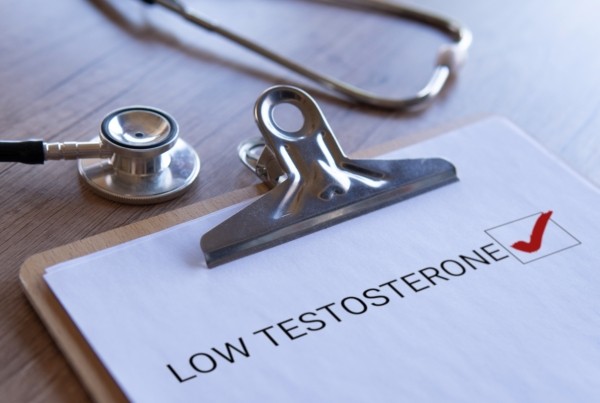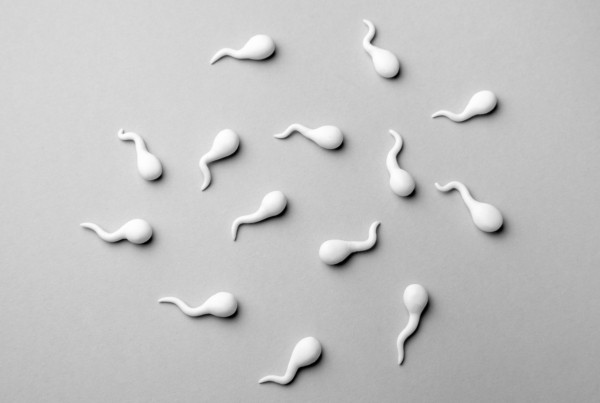The world of infertility and fertility treatment is full of acronyms *intended* to make long and complicated terms easier to use. In this guide, we list the most common ones you may come across as you research your family building options and navigate treatment.
2WW: The Two Week Wait
This refers to the two weeks between ovulation (or an embryo transfer if using in vitro fertilization (IVF) – more on this below) and the pregnancy test.
ART: Assisted Reproductive Technology
The Centers for Disease Control and Prevention (CDC) describe ART as “all fertility treatments in which either eggs or embryos are handled”. This includes IVF, donor conception and surrogacy.
BFN: Big Fat Negative; BFP: Big Fat Positive
Commonly used in online infertility forums and social media; these terms refer to pregnancy test results.
DE: Donor Eggs
Eggs donated by a woman to help someone else have a baby. The woman who donates the egg is genetically related to the baby.
ET: Embryo Transfer; FET Embryo Transfer
This is a step in IVF where the embryo is transferred to the uterus. An FET means that the embryo was frozen and thawed before transfer.
hCG: Human Chorionic Gonadotropin
The cells surrounding the embryo produce the hormone hCG. hCG levels increase every two to three days as the embryo develops and peak at around 6 weeks. Your clinic will notify you of hCG levels as the pregnancy progresses. hCG is also the hormone detected by at-home pregnancy tests.
ICSI: Intracytoplasmic Sperm Injection
An IVF add-on where a tiny needle is used to inject a single sperm into the egg. ICSI is a treatment option in cases of low sperm count.
IVF: In Vitro Fertilization
IVF involves the combination of an egg with sperm in a laboratory setting and includes five steps: pre-testing; ovarian stimulation (to boost egg production); egg retrieval; fertilization and monitoring to ensure the embryo is growing well; and embryo transfer (see definition above).
IUI: Intrauterine Insemination
A treatment option where healthy sperm is placed directly in the uterus as close to the time of ovulation as possible.
LSP: Low Sperm Count
Normal sperm densities range from 15 million to over 200 million sperm per milliliter of semen. A low sperm count is diagnosed when sperm density is fewer than this parameter. Lifestyle choices, medications and hormone issues can impact sperm quality and quantity. Yo Sperm Test allows you to check your sperm parameters at home and reports a quality score which you can then share with your doctor.
MF: Male factor
According to RESOLVE, 30% of infertility cases are related to male factor issues. Learn more about male factor infertility in the Yo Blog.
RE / REI: Reproductive Endocrinologist
An RE is a fertility specialist. REs specialize in reproductive organs, diagnosing fertility issues, and designing appropriate treatment protocols.
SA: Semen Analysis
A semen analysis measures the quantity and quality of the fluid released during ejaculation.
VR: Vasectomy Reversal
In a vasectomy reversal, the vas deferens is surgically reconnected. It can take six to 12 months to get pregnant after a reversal.
Fertility treatment is already overwhelming, and the alphabet soup that comes with it doesn’t make things any easier. We hope that you find this list of common terms helpful during this time!







